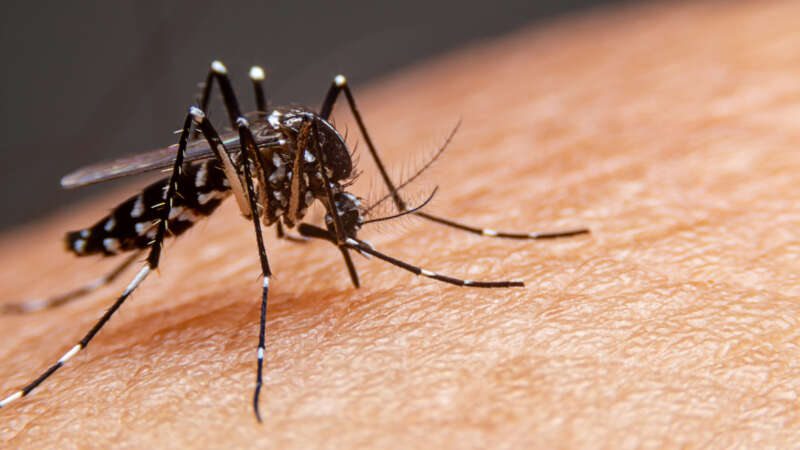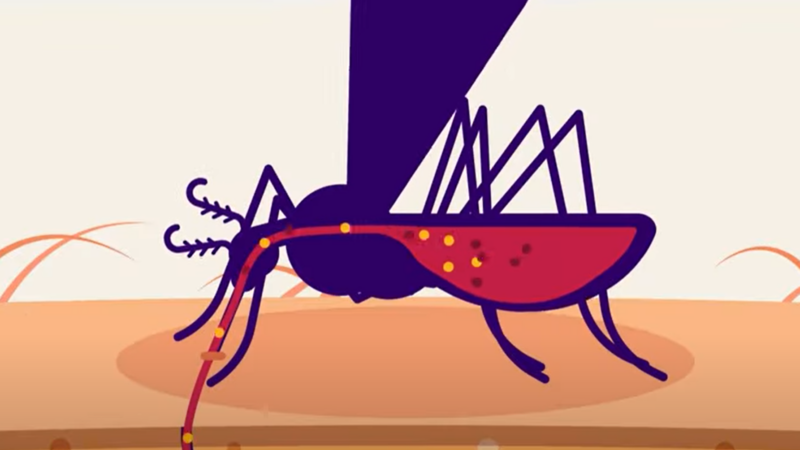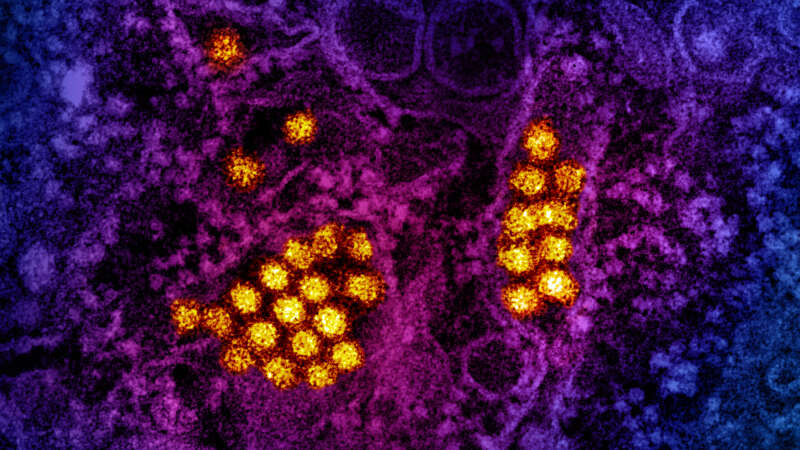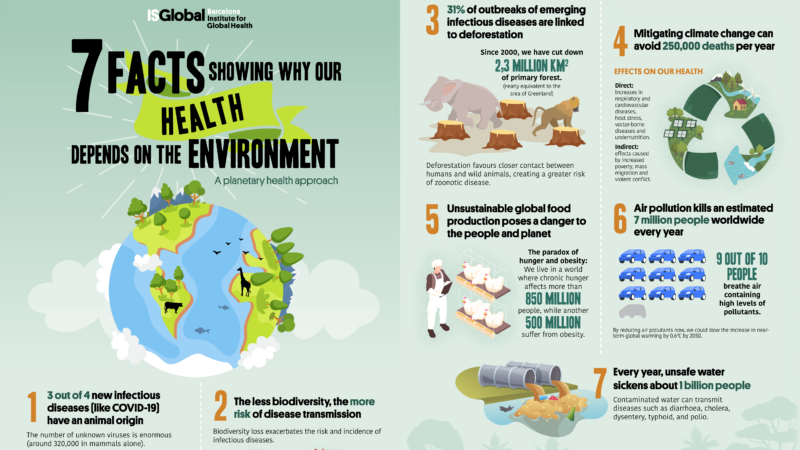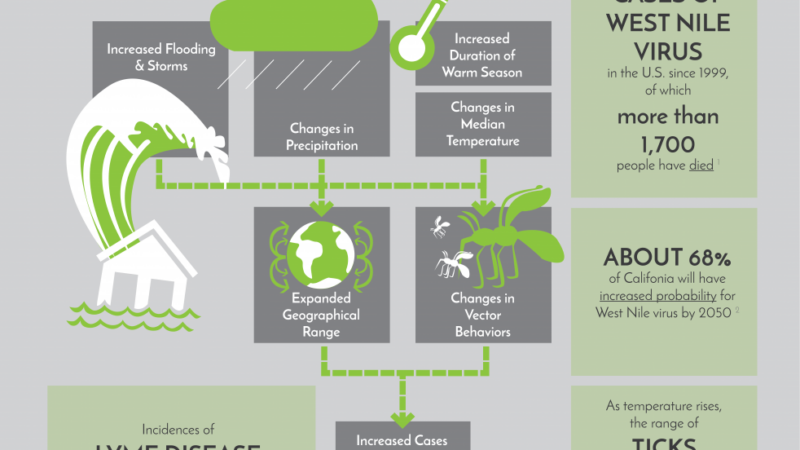vector-borne diseases
Dengue fever, once confined to the tropics, now threatens the U.S.
Climate change is expanding the habitat of the mosquitoes that carry the disease, allowing them to spread further north.
Meg Norris was traveling in Argentina in April when the first signs of dengue fever hit her. The weather in Salta, just south of the Bolivian border, was warm, but Norris, a 33-year-old from Boulder, Colorado, zipped a fleece sweatshirt around her body to stop herself from shivering.
“I thought it was sun poisoning,” she said.
Dengue Explained in Five Minutes
Check out this video by Free Med Education to learn about dengue fever, its cause, and its symptoms.
The Rise of Dengue: A Global Perspective
Around the world, dengue is considered the most common viral disease transmitted by mosquitoes that affects people. According to the World Health Organization (WHO), the disease is now endemic in more than 100 countries. In the first three months of 2024, over five million dengue cases and over 2000 dengue-related deaths were reported globally. The figures so far project that 2024 could be even worse than 2023, with the regions most seriously affected being the Americas, South-East Asia, and Western Pacific.
In the Americas, there were 6,186,805 suspected cases of dengue reported in the first 15 weeks of 2024. To put this into perspective, according to the Pan American Health Organization (PAHO), this figure represents an increase of 254% compared to the same period in 2023. Of these cases 5,928 were confirmed and classified as severe dengue.
Vector-borne Diseases & Climate Change
Climate change creates new risks, particularly in the United States, for human exposure to vector-borne diseases (VBDs) — diseases which are transmitted to humans through the bites of insects (referred to as vectors) that carry the disease-causing pathogens. Common vectors include mosquitoes, ticks, and flies.
Climate change creates new uncertainties about the spread of VBDs such as the Zika virus, dengue fever, malaria, and Lyme disease by altering conditions that affect the development and dynamics of the disease vectors and the pathogens they carry.
